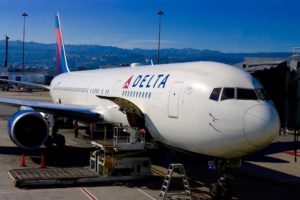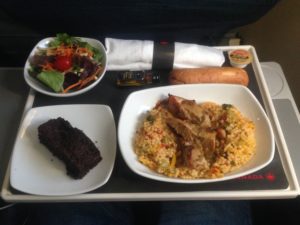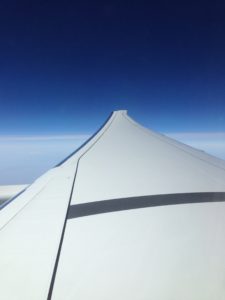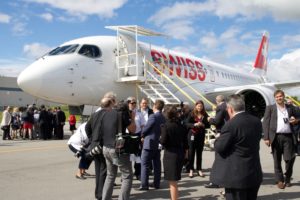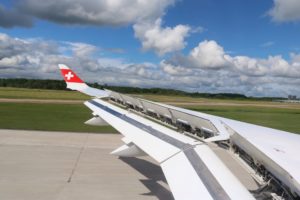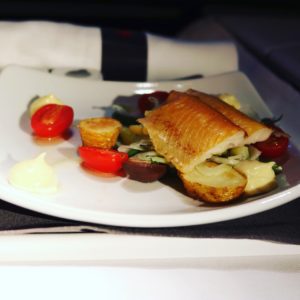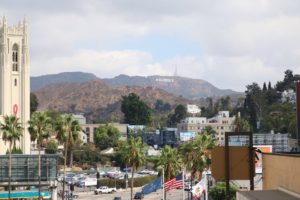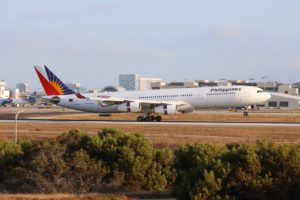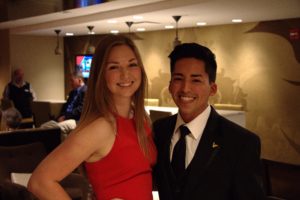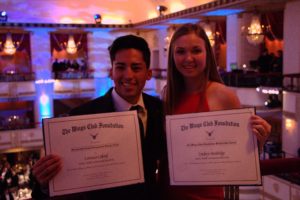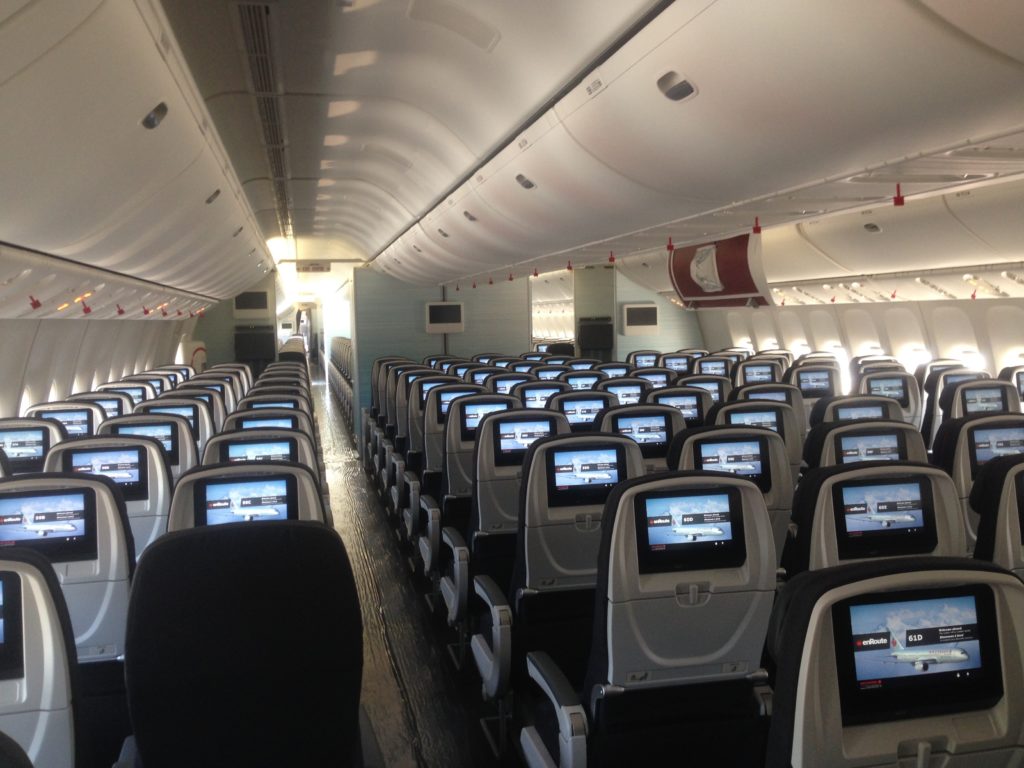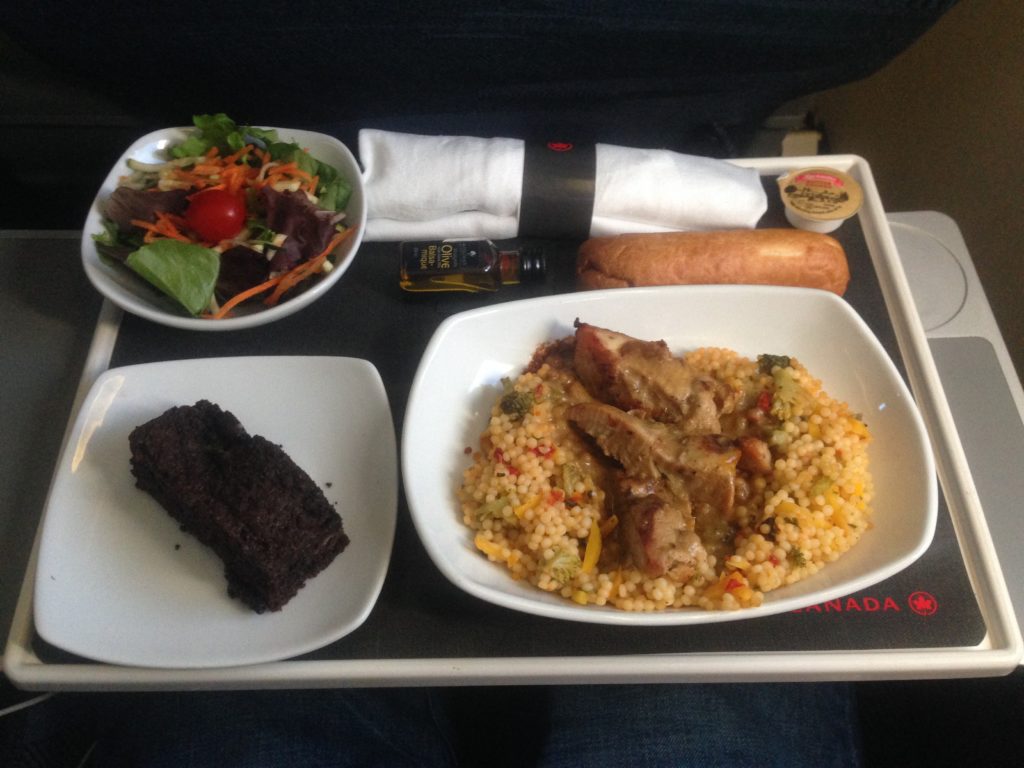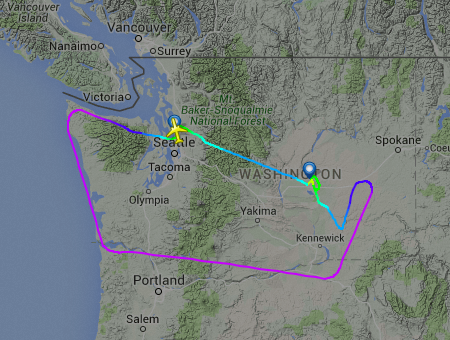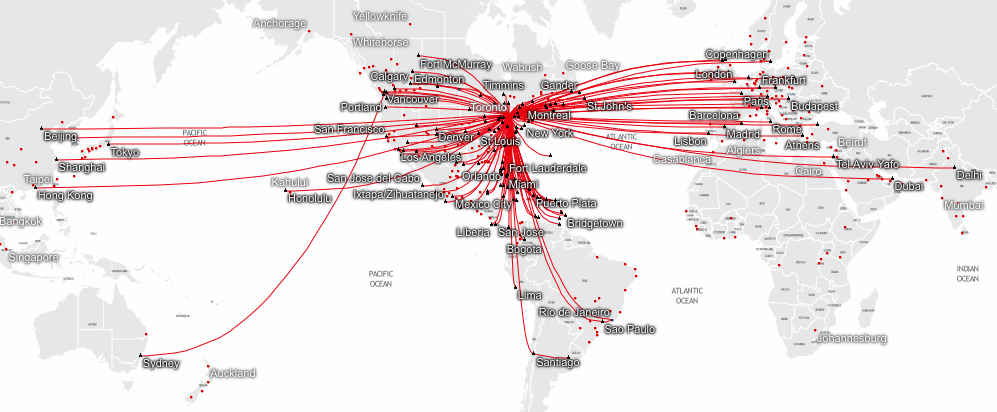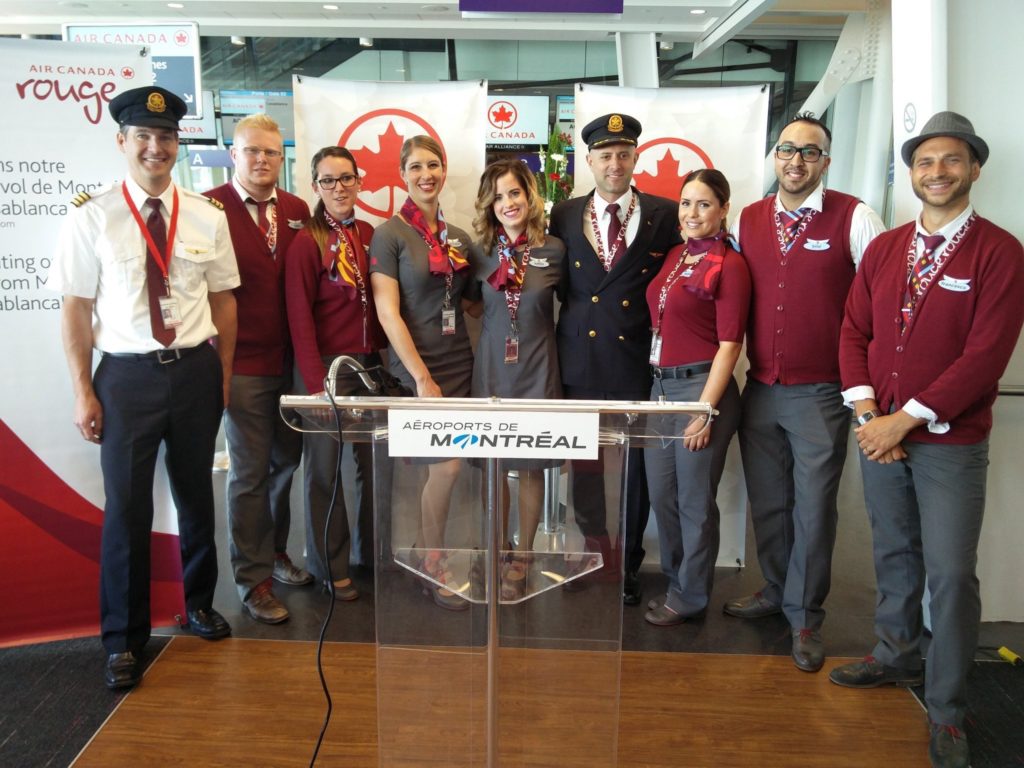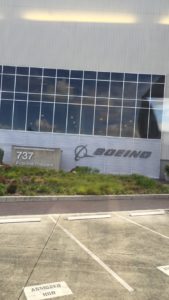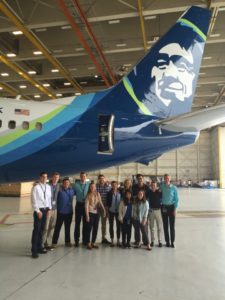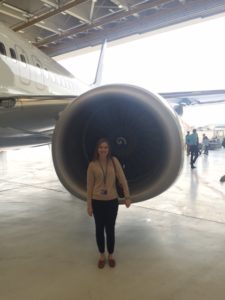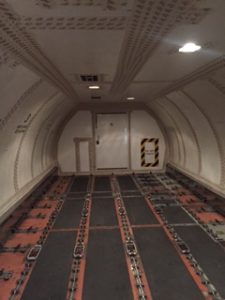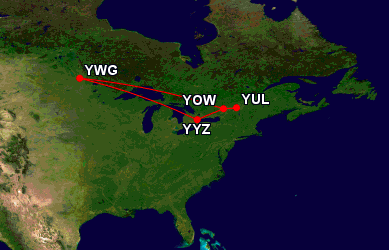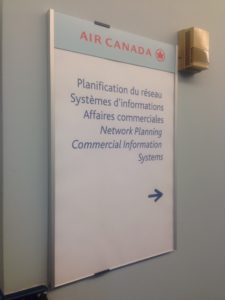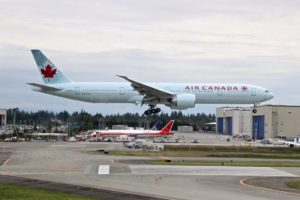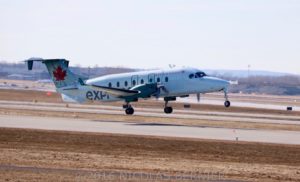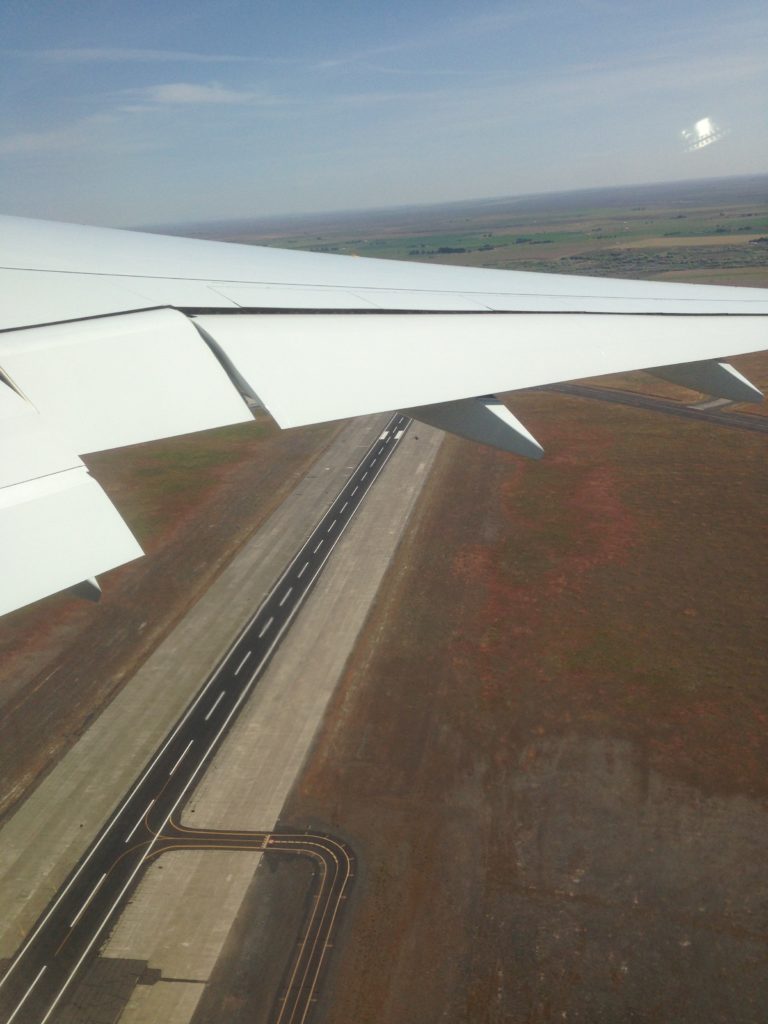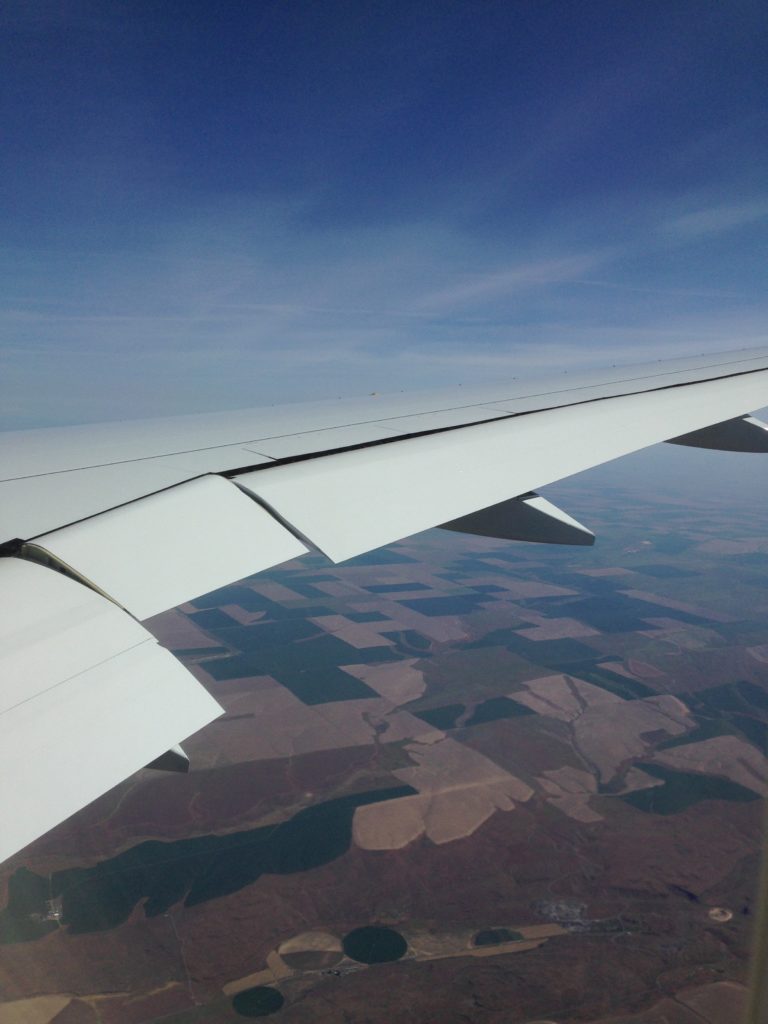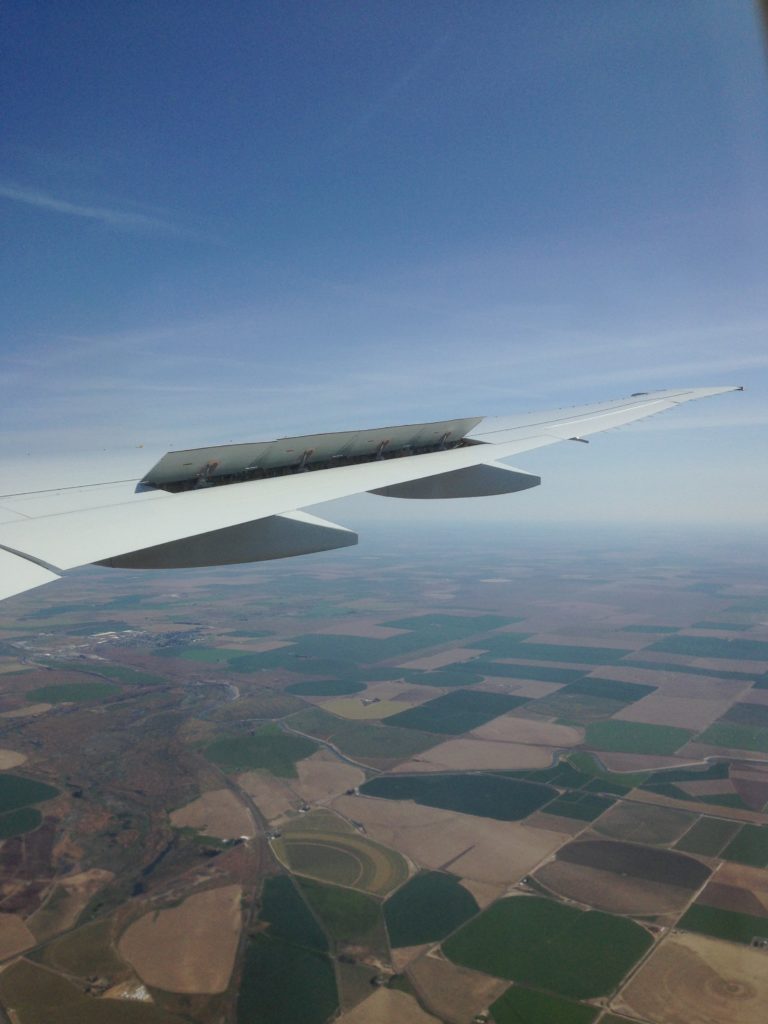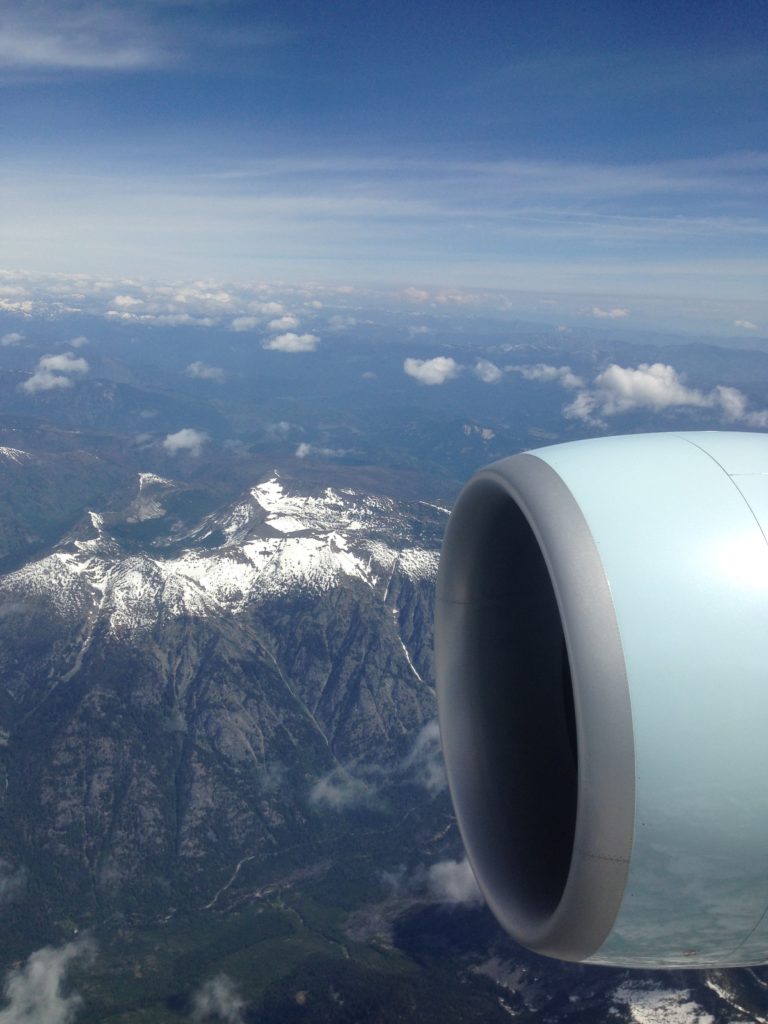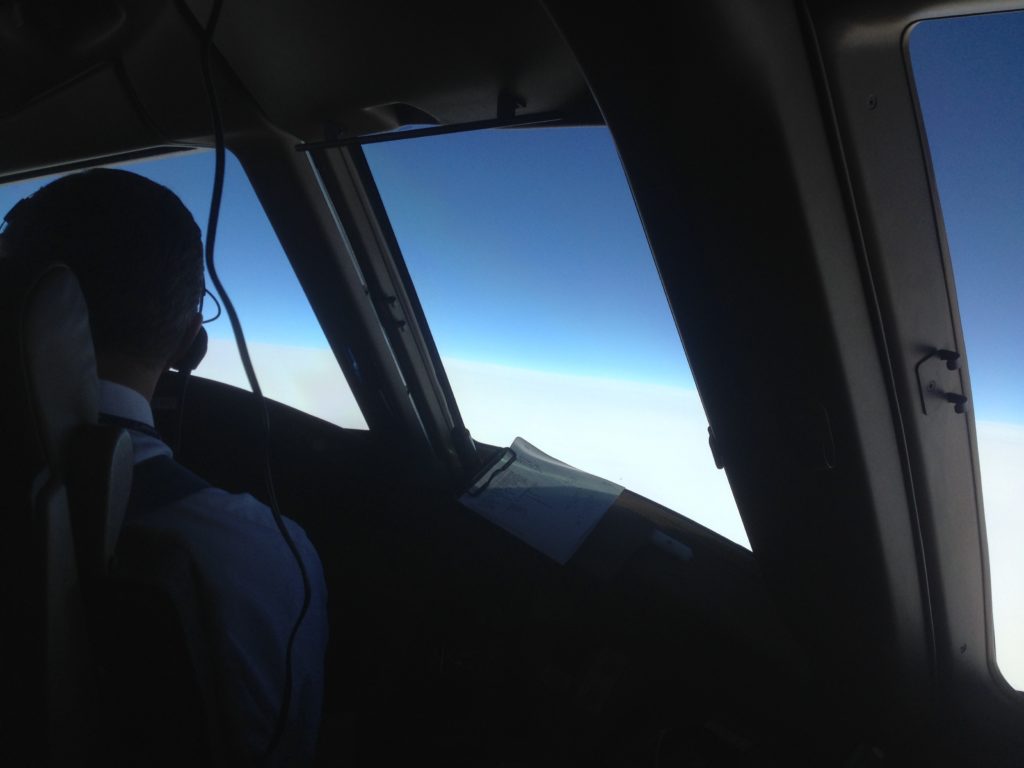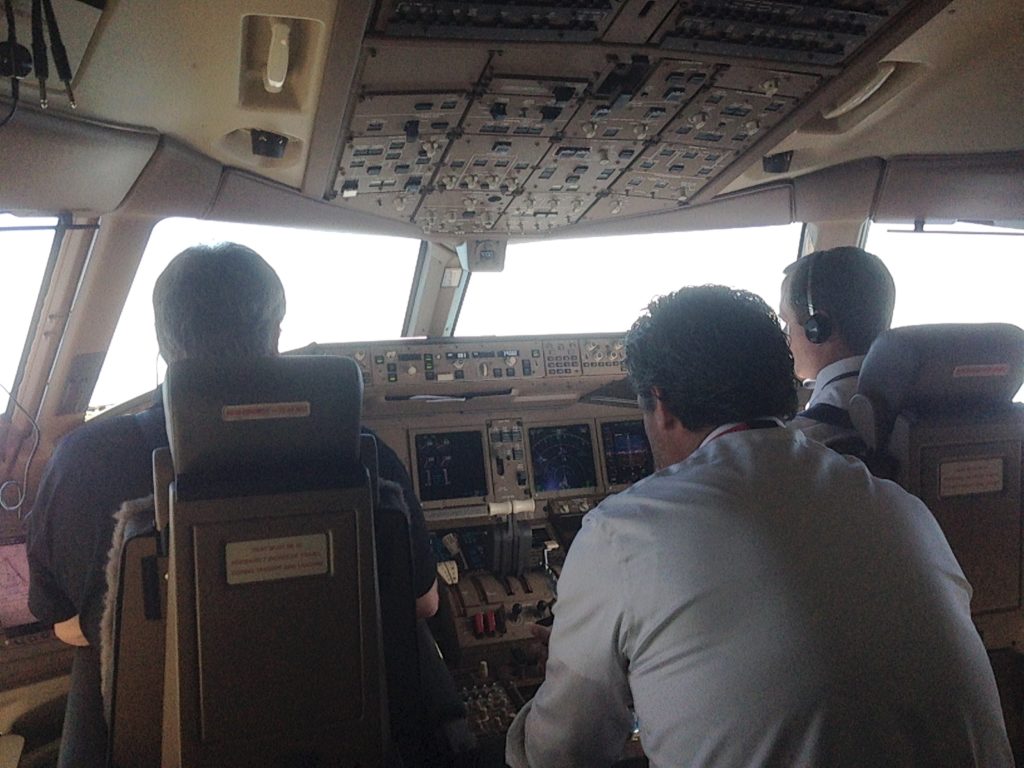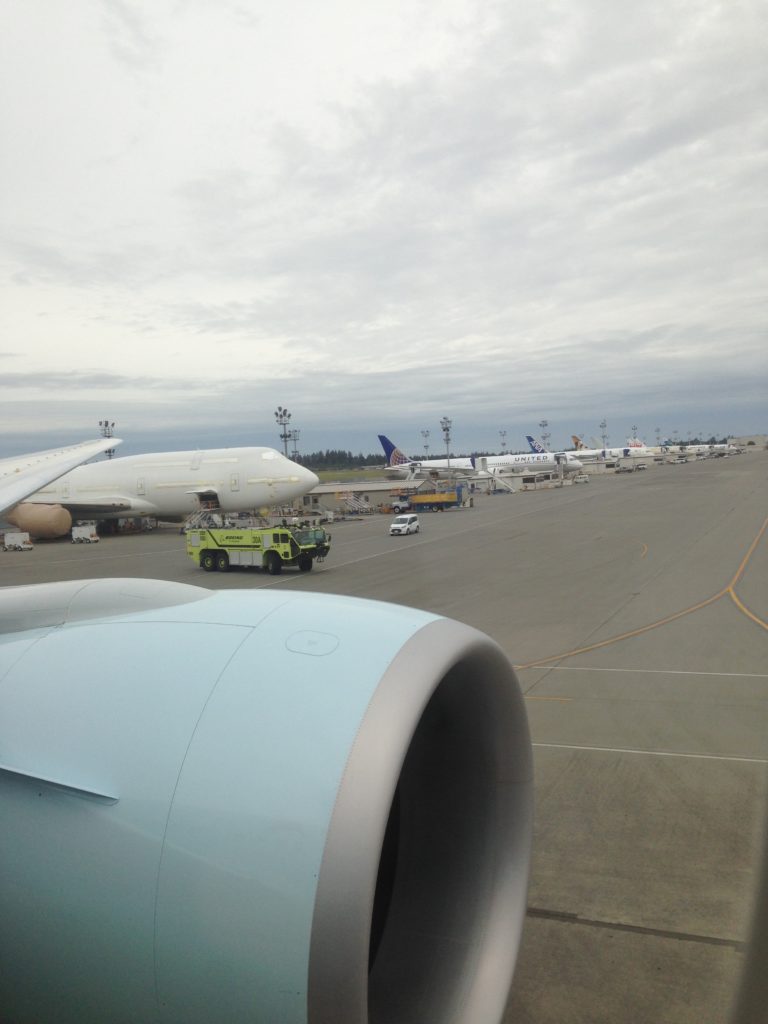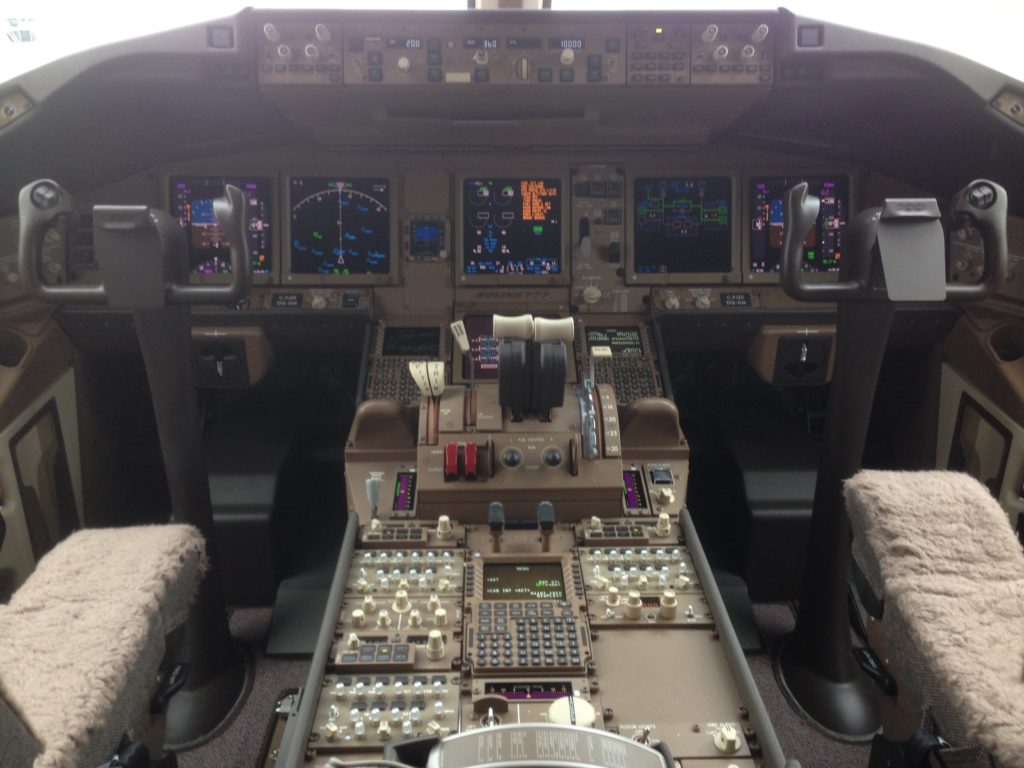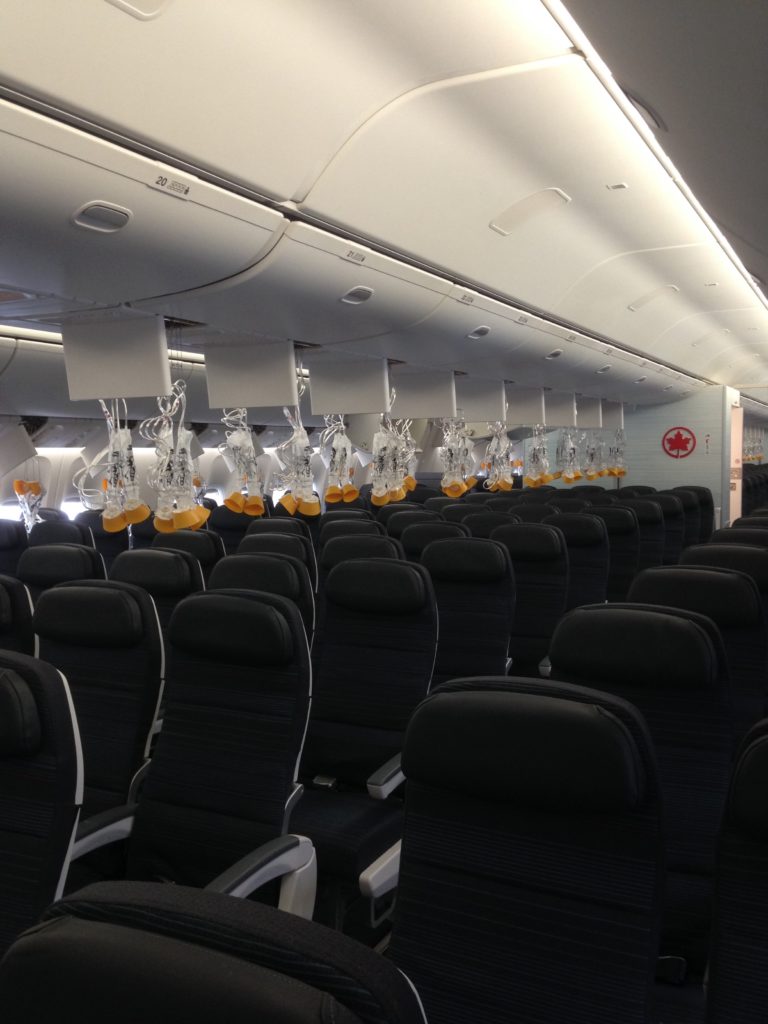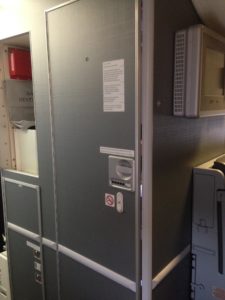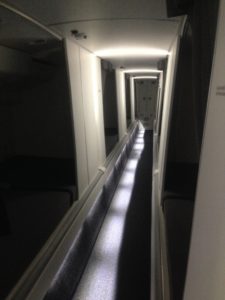It’s been two weeks since the fall semester began and this semester is already so special in many different ways. Firstly, COVID has greatly changed the atmosphere of our campus as most classes are now taught online or in split format. Students are all wearing masks, cleaning their work stations and getting their daily wellness checks done. Secondly, it is the beginning of my senior year at Riddle and senioritis is slowly peeking around the corner to drain my motivation for school. However, there is one class that I want to share with you and I think it’s safe to say this is one of the coolest and the most favored class by aeronautical science students.
This class is one of the upper-level AS courses called EFMS (AS435). EFMS stands for Electronic Flight Management System and in simple terms, it’s learning about the programming and the operation of flight computers in a complex aircraft. Now for this class, that complex aircraft is a Boeing 747-400 which is a famous large passenger / cargo aircraft that many might recognize as the Queen of the Skies.
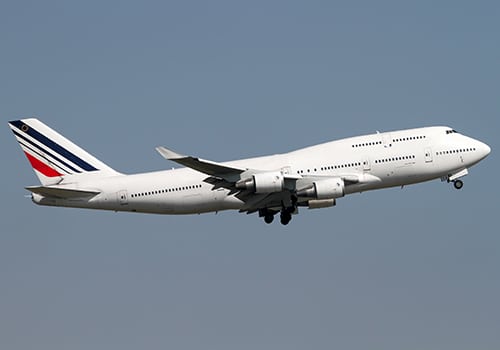
In this class, you will learn how to operate the Mode Control Panel (MCP), Control Display Unit (CDU), Air Data Computer (ADC) and the Flight Management Computer (FMC). Now you might be wondering, what the heck are all these acronyms. Well, don’t be intimidated by these letters because these computers are simply designed in a way that you can fly this giant airplane by pushing buttons and turning knobs. *Spoiler: Yes, this is how all the major airlines fly in the air when you are flying back home. Those pilots in the front are just pressing buttons.*
Now let me show you what these devices look like and what you can expect from a higher level AS course when you come to Riddle. It’s not a bad classroom environment to show off to your high school or hometown friends in different schools.
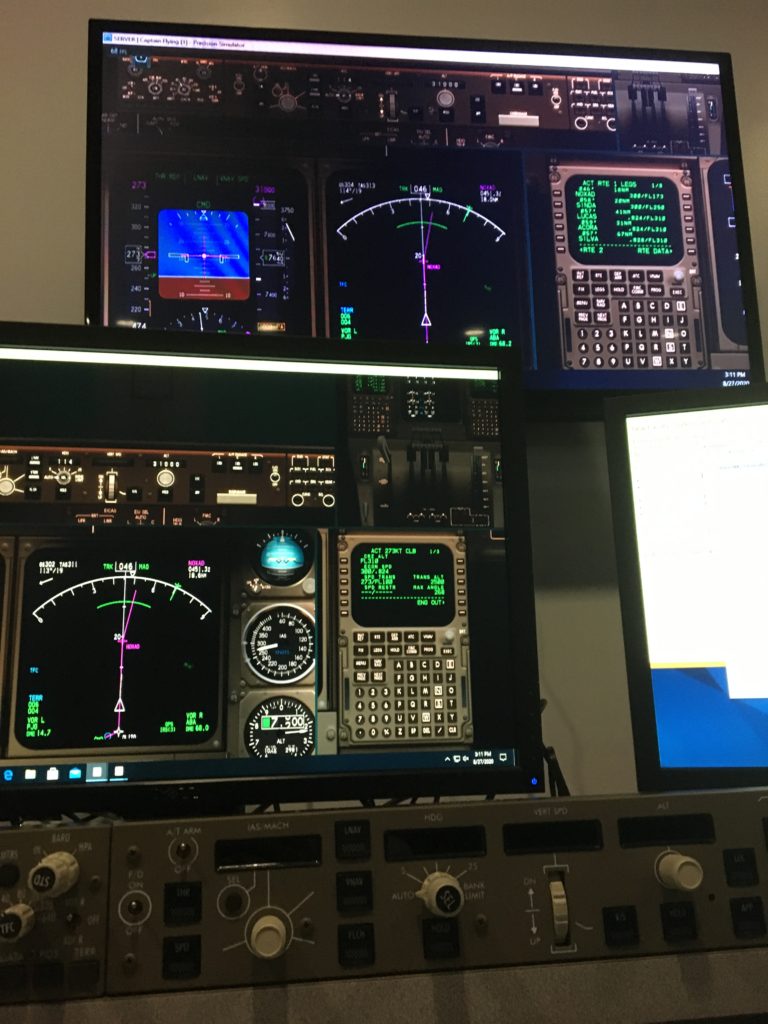
First thing you will notice is the classroom / “lab” is full of these little stations that surround the edges of the room. Each student is now responsible for each station (due to COVID restrictions) but before the pandemic, two students would share one station and take turns flying the airplane.
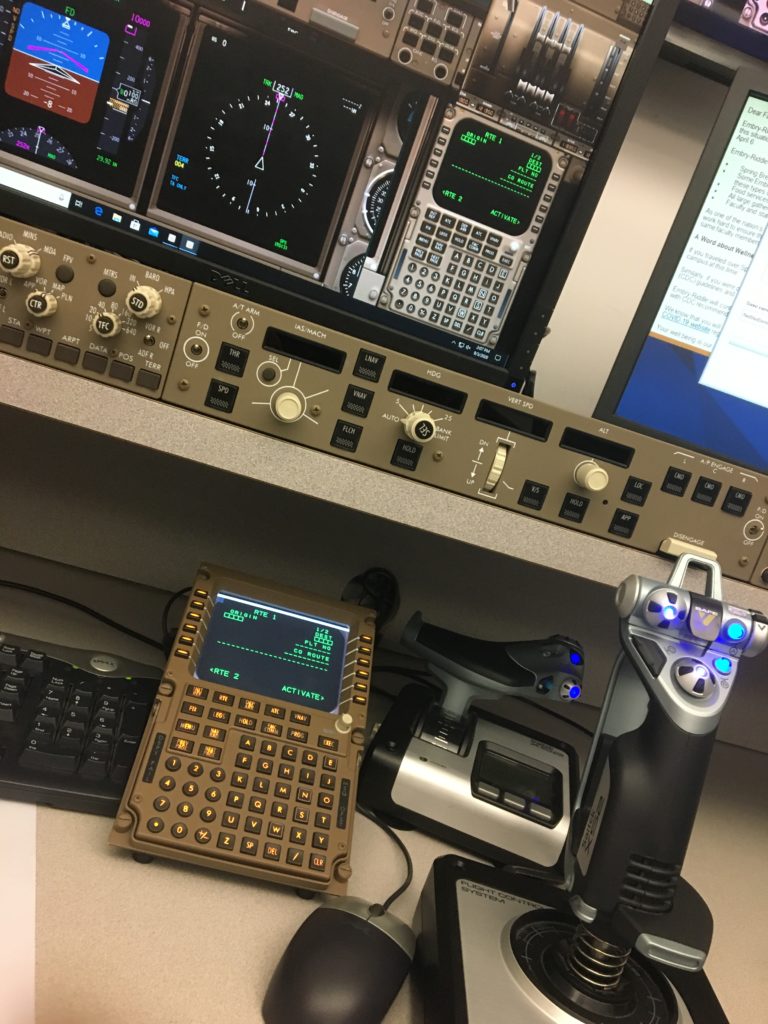
That brown device with orange buttons (left bottom) is the control display unit and I like to think of it as the keyboard of your airplane where you can push in all the letters and the numbers for your flight plan. Of course you have the joystick and the throttle lever (bottom right). That long device with buttons and knobs is called the mode control panel and that is what you use to fly this airplane.
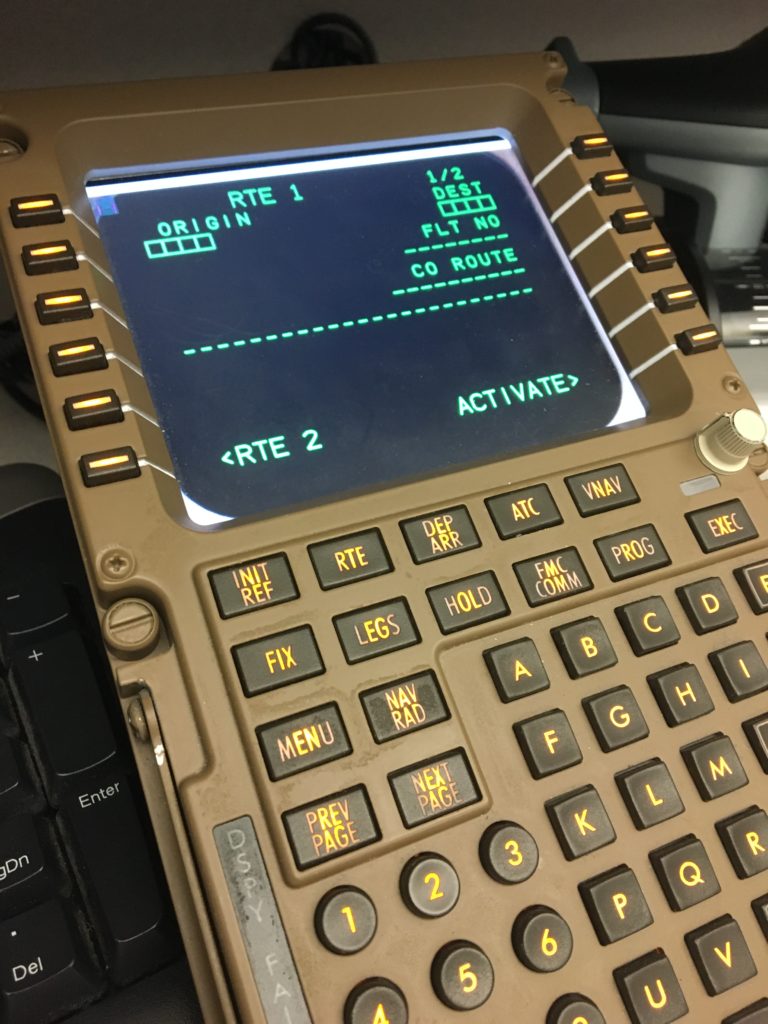
This is by far one of the coolest classes I have taken and I would love to recommend this class to anyone who is in the AS program. You can fly a B747 without worrying about the passengers in the back or burning tons of money for jet fuel in real life. I hope everyone is staying safe and enjoying any cool classes or side projects you might have.



